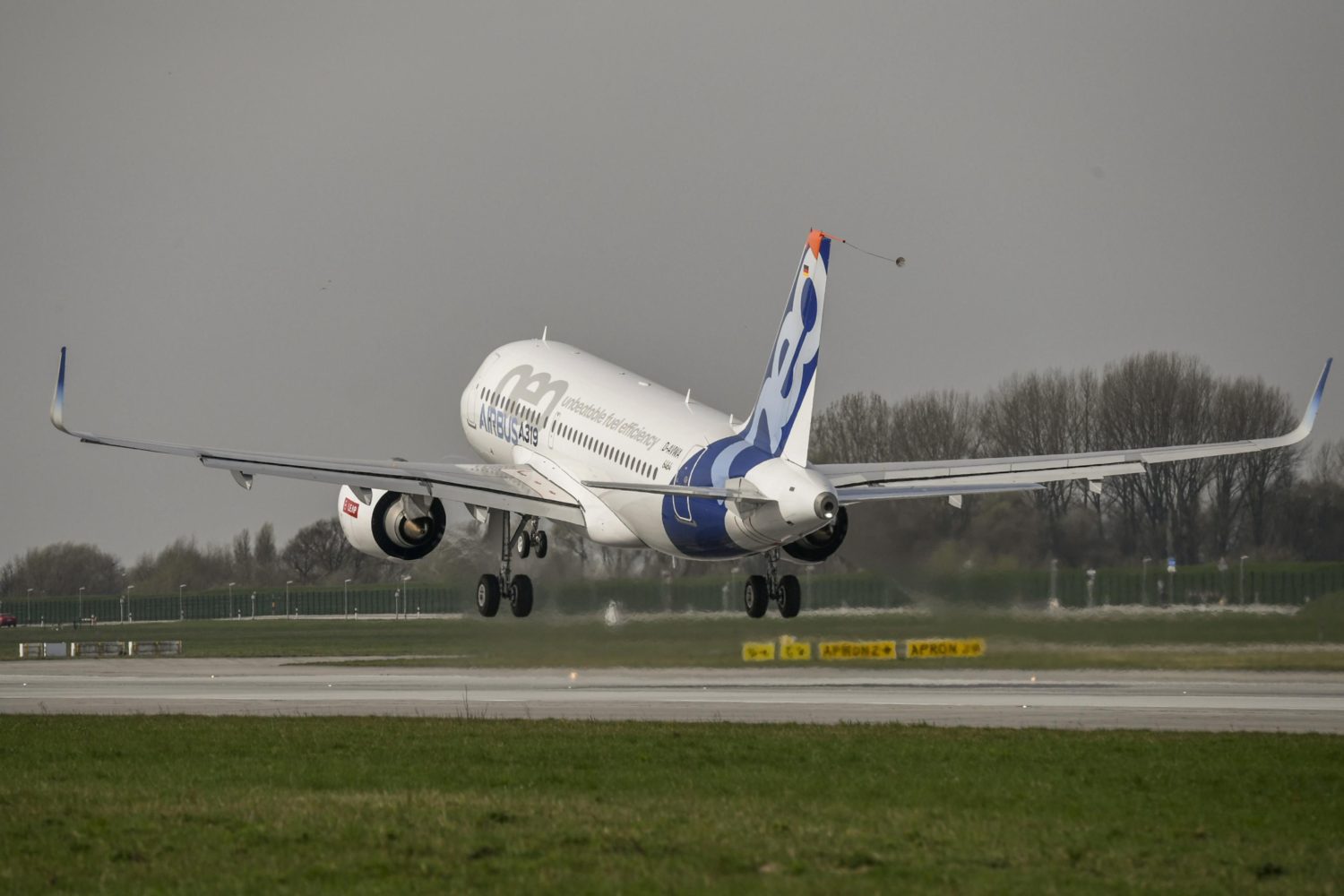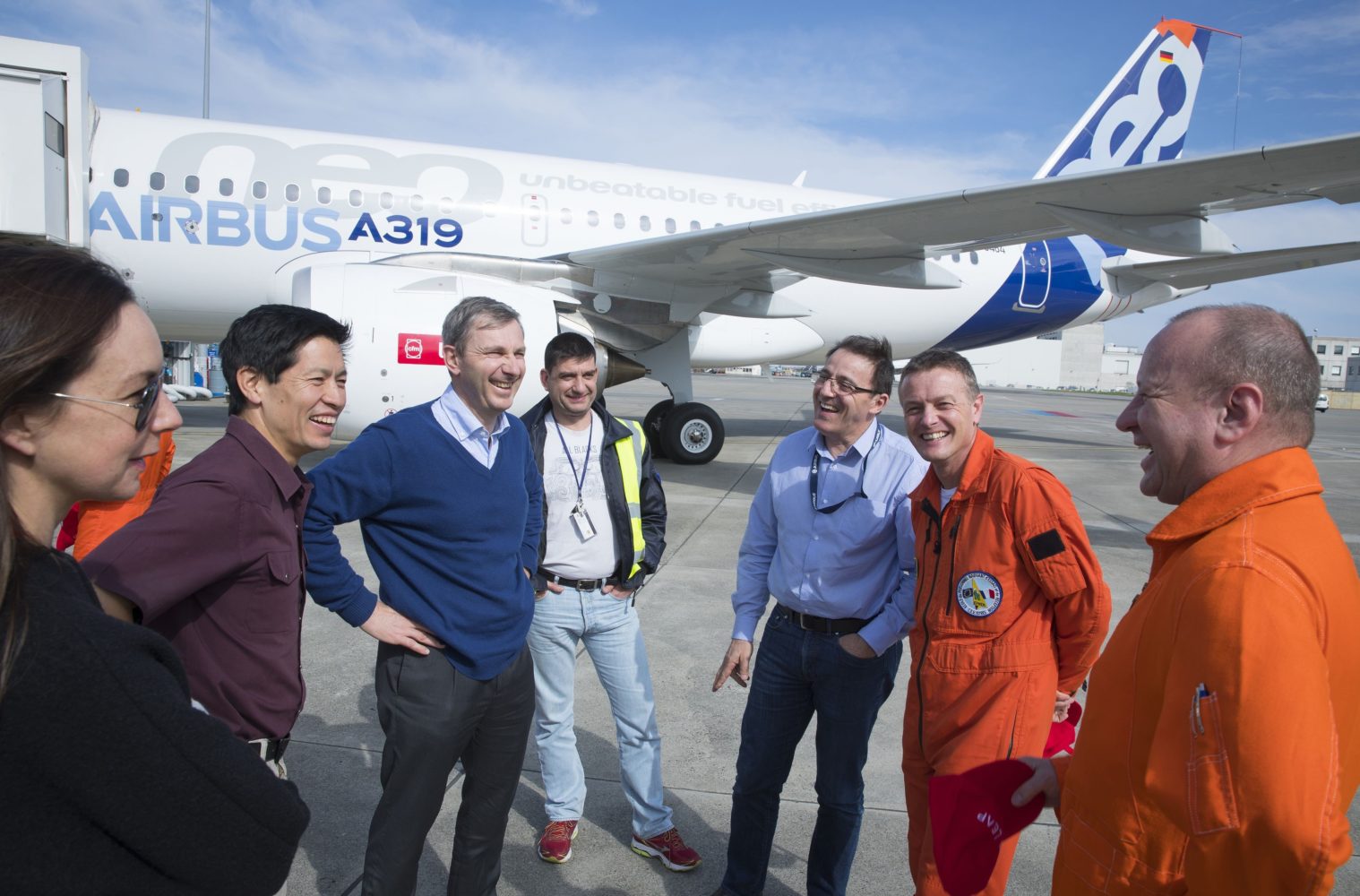Airbus secures certification for A319neo
After what seemed to be a slow and uncertain flight test campaign, Airbus has finally received certification for the smallest variant of the A320neo Family, the A319neo, marking the end for the three major developments in the line.
The initial variant, powered by CFM LEAP-1A engines, received simultaneous certification from the Federal Aviation Administration (FAA) and the European Aviation Safety Agency (EASA) after completing over 500 hours worth of flight testing since March 2017.
Certification for the other engine variant, the Pratt and Whitney PW1100G Geared Turbofan, is expected towards the end of 2019 and will use the same aircraft, MSN 6464, by removing the CFM engines and adjusting the aircraft software and engine mounting architecture. Airbus expects around 200 hours of flight testing will be required for the type.

As mentioned above, the A319neo is the third and final of the original and major variants of the A320neo/ceo line, however an impressive figure worth noting is this is the fifth aircraft/engine varient of the NEO Family certified over a three year period.
Orders for the A319neo aren’t huge, however, as Airbus currently only displays 53 for the type, of which, 17 are confirmed to be for CFM powered units and the remaining 36 with unidentified engine selections. A single ACJ319neo has been ordered, which Airbus states offers a range of 6,750 nautical miles or roughly 15 hours with eight passengers on board.
Although we’ve seen Airbus discuss further developments of the A320 Family, its likely the A319 will be the next of the legacy A320 designs to bid farewell, with the last being the A318 and its similar unpopularity to the 737-600, due to the market being covered by aircraft such as the Embraer E-Jet lineup.
Despite this and the fact that the Airbus A220 is a modern and somewhat overlaying aircraft for the market, the A319neo will be welcomed by the skies for years to come, with some airlines admiring the dedication Airbus has towards the family and the commonality it offers with existing A319s and their larger family members.
Watch the video below to rewind to the first flight of the A319neo:


